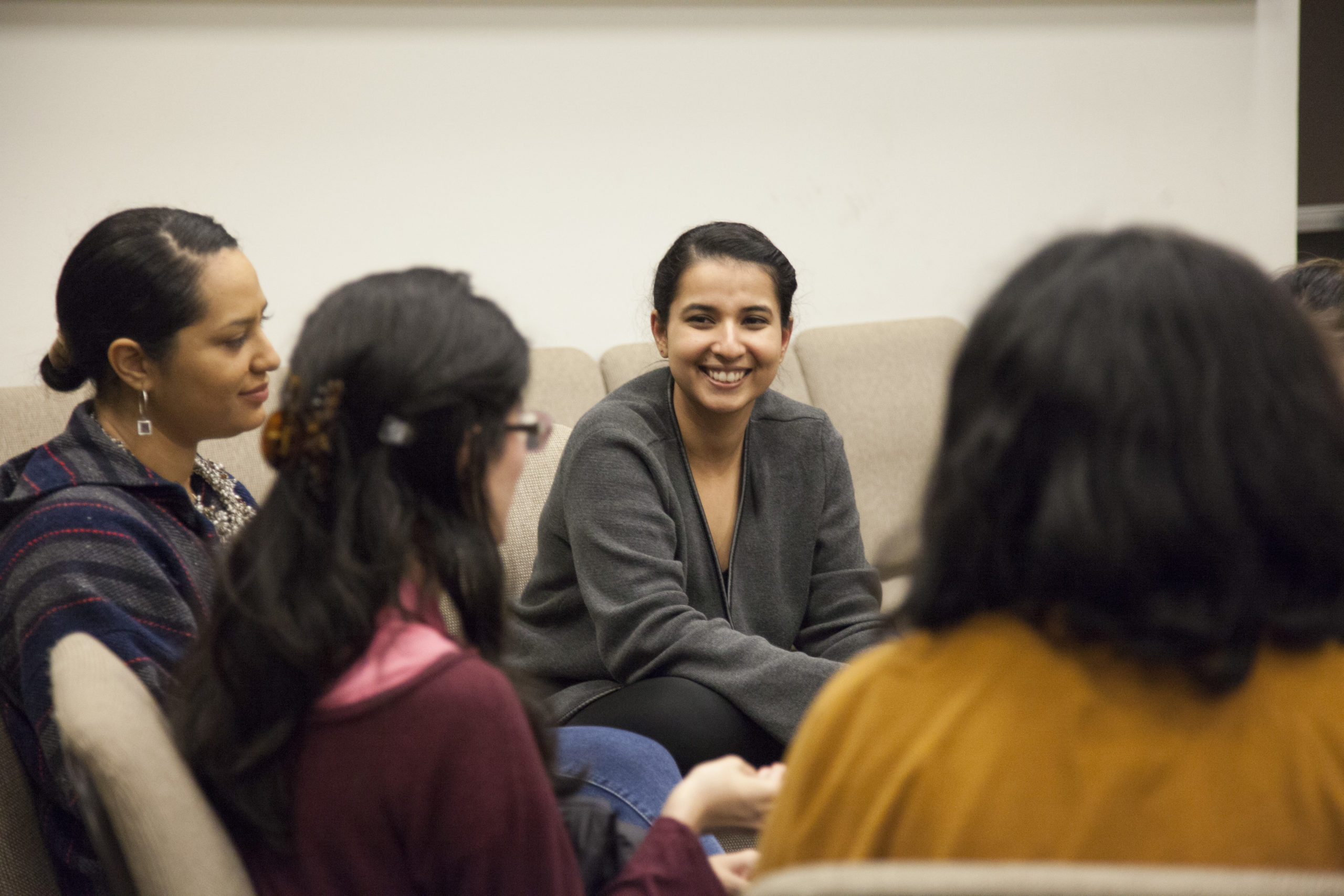This was translated from the April 10, 2021, issue of the Soka Gakkai’s daily newspaper, Seikyo Shimbun.
In April 20, the Seikyo Shimbun, the Soka Gakkai newspaper in Japan, will celebrate its 70th anniversary.
Nichiren Daishonin writes, “A person of wisdom is not one who practices Buddhism apart from worldly affairs” (“The Kalpa of Decrease,” The Writings of Nichiren Daishonin, vol. 1, p. 1121). In accord with this teaching, the Seikyo Shimbun is committed to sharing the stories, words and writings of people of true wisdom—based on the principles of “faith equals daily life” and “Buddhism is manifested in society”—and to conveying them clearly, accurately and with courage and integrity.
Wishing to protect people’s lives by delivering reliable information on how to stay safe during the coronavirus pandemic and provide reassurance and courage, youth division leaders in Japan have been holding regular online meetings with leading medical experts and sharing those discussions in the Seikyo Shimbun. I am also deeply grateful for the many illuminating and inspiring articles related to this time of crisis that scholars and thinkers around the world have contributed to the newspaper. The various articles written by members of our academic and science division, brimming with wisdom and courage, have also been wonderful.
In addition, I would like to express my sincere appreciation for the devoted efforts of all our “uncrowned heroes” who deliver the Seikyo Shimbun day after day; the volunteer correspondents in each region; and the newspaper promotion chiefs and members everywhere striving hard to share our paper with others. Thank you so much!
The aspirations of youth are the driving force of history. The spring month of April in Japan is a time of new beginnings for many[1]—the sight of young people boldly and dynamically rising to fresh challenges is truly inspiring.
In an essay that my mentor, second Soka Gakkai President Josei Toda, wrote at the age of 18, we find the words: “If asked what makes me a youth, I will reply: ‘Having hope!’”
Mr. Toda maintained great hope all through his life with an incomparably youthful spirit. He deeply cherished young people, offering his support and guidance so that they, too, could have great hope and realize lofty aims and aspirations.
His “Guidelines for Youth,” the crystallization of his ardent hopes for young people, was published in October 1951, in the 17th issue of the Seikyo Shimbun, six months after it began publishing.
In it, he declared: “A new age will be created by the passion and power of youth.”[2] And it was his hope that the Seikyo Shimbun would become a source of inspiration for that youthful passion and power.
Throughout his life, Mr. Toda stressed: “The great undertaking of kosen-rufu requires fresh passion and energy appropriate to a new age! That’s where the youth come in. We must have faith in the power of youth.”
Nichiren wrote many letters to his youthful disciple Nanjo Tokimitsu, teaching him the way of a person of wisdom and the way of a lion king.
In one letter, he explains to Tokimitsu the debt of gratitude one owes to all living beings based on the Buddhist perspective of the eternity of life: “In the course of all the many lifetimes and existences you have lived through, you have come to owe a debt of gratitude to all living beings. And since this is so, you should help all of them to attain Buddhahood” (“Four Virtues and Four Debts of Gratitude,” WND-2, 637).
Our youth division members, motivated by their wish for the happiness of others and the peace and security of their societies, are making use of the Seikyo Shimbun and its online edition to engage in dialogue aimed at realizing the Daishonin’s ideal of “establishing the correct teaching for the peace of the land.” They are enabling many people to form a connection with Buddhism for the sake of happiness and peace. How overjoyed Nichiren would surely be!
Many express concern that it is difficult for young people to feel hopeful or have aspirations in today’s world. But Soka youth are working hard to expand circles of trust among their peers and in their communities, listening to each person’s concerns and building solidarity to transform the times. How noble and reassuring their efforts are!
I am praying and warmly watching over your endeavors, my young friends, calling on you to forge ahead in high spirits, “clad in the armor of perseverance and armed with the sharp sword of compassion.”[3]
References
- In Japan, April is the start of the new school year and the fiscal year. It is the season when many new high school and university graduates officially join the workforce. ↩︎
- Translated from Japanese. Josei Toda, “Seinen-kun” (Guidelines for Youth), in Toda Josei zenshu (The Collected Writings of Josei Toda), vol. 1 (Tokyo: Seikyo Shimbunsha, 1992), p. 58. ↩︎
- Ibid., pp. 59–60. ↩︎
You are reading {{ meterCount }} of {{ meterMax }} free premium articles

